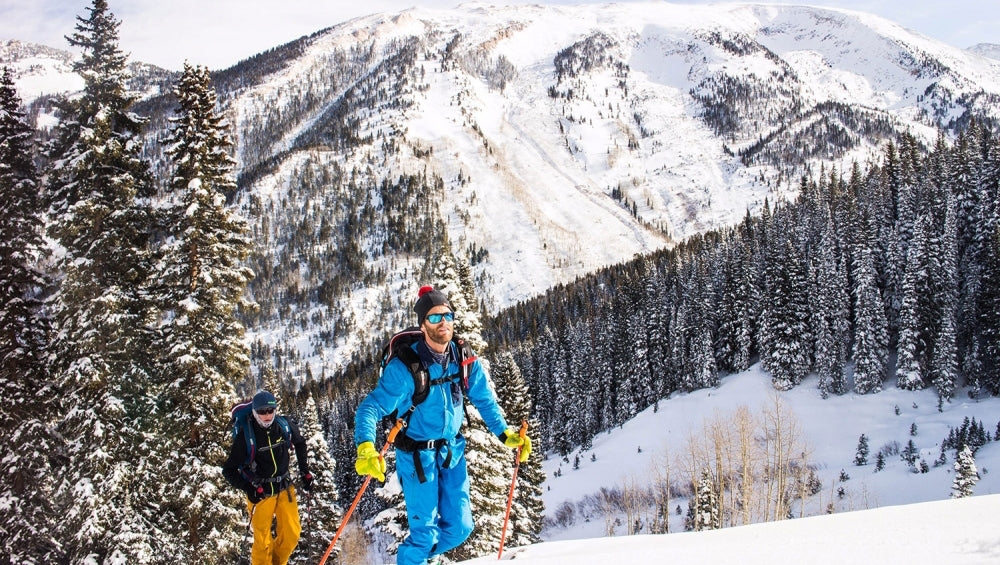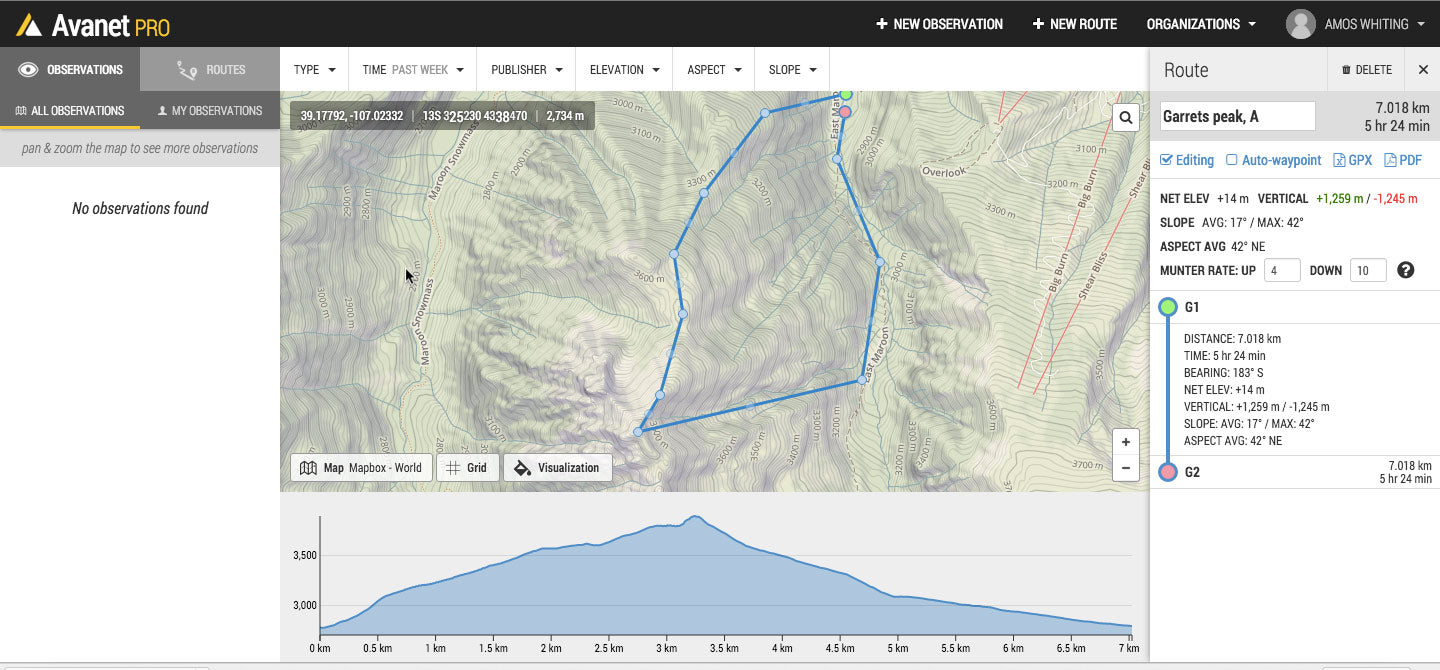
Amidst the Avalanche Awareness Days happening this month, we've been connecting with each of G3's ambassadors to share some of their personal tips for playing safe in the backcountry. Here's our latest from AMGA guide Amos Whiting of Aspen Expeditions. Amos' team runs Avalanche Safety Training courses throughout the winter. Look them up if you are in the area. Here is Amos' tips...
"Terrain is your friend, snowpack is your enemy."
These were some of the many words of advice my first avalanche mentor Jerry Roberts told me during a 26 day Avalanche Forecasting course in Ouray Colorado. It was 1997 and we were learning about snow science and travel in avalanche terrain on Red Mountain Pass Colorado. It is an excellent place to learn about avalanches as Red Mountain is second only to Rogers Pass, BC in avalanches affecting a year round road in North America.

SPEED CARBON Avalanche Probe
The 240 length is updated with shorter segment lengths that make these probes ideal for daypacks. The SPEED CARBON Probe is our premium, lightest...
€88,95 Shop SPEED CARBON Avalanche ProbeThroughout my career I have worked with a diverse set of students/clients. From Level 1 Avi students who have never been out of a ski area in Aspen, to high end return clients on international ski adventures, to examining Aspiring Mountain Guides in Alaska for the AMGA. When it comes to dealing with and moving through avalanche terrain, remembering the mantra “Terrain is your friend, snowpack is your enemy” can help keep you alive. The gist of this is that we can control where we go and the terrain we travel on. We can not control the snowpack in the backcountry.

GOOD USE OF TERRAIN, AVOIDING TRIGGER POINTS. AMOS WHITING In Avalanche accidents there is virtually always a human factor which is often a large contributing factor to the accident. A common one amongst more advanced backcountry travellers is complacency in terrain selection. In an era of global weirding, our storm cycles and snowpacks are not as they once were. Snow lines can be higher, rain events happen and ranges with typically stable snowpacks are ending up with persistent weak layers when they historically have not had them.
Try not to fall into to classic heuristic traps like: “we have skied this for years”, “it is finally a powder day”, “I have never seen this slide”, “it is finally blue and we have to film” and so on. Be aware of the “expert halo” traveling in a very strong group and feeling overly confident. Instead look for the red flags and plan different terrain options, plan A, B, even C. When things are different, for example: a new snow climate like Costal to Intermountain, a storm cycle or other weather event that is atypical, or even just switching aspects. Do what the pros do; warm up, ease into the terrain and give your self a good progression, maybe dig a pit. Then if you like what you find, ramp it up. If you don’t like what you find, pick different terrain and wait a few days or even until next season for that bigger line.
There are very few of us who can chase storms and stable snowpack around the globe. Most of us have a local mountain range and local runs which we know well and can fall guilty of becoming complacent. Be aware of the classic human factors and keep a quiver of terrain options in your pack. Be safe out there and rip pow!
Examples of Different Terrain Plan Options
Amos used the Avanet route planning function to illustrate terrain options for a particular slope.
Terrain Plan A - Most aggressive and ideal ski line:

Terrain Plan B - A more conservative run:

Terrain Plan C - Most Conservative:






